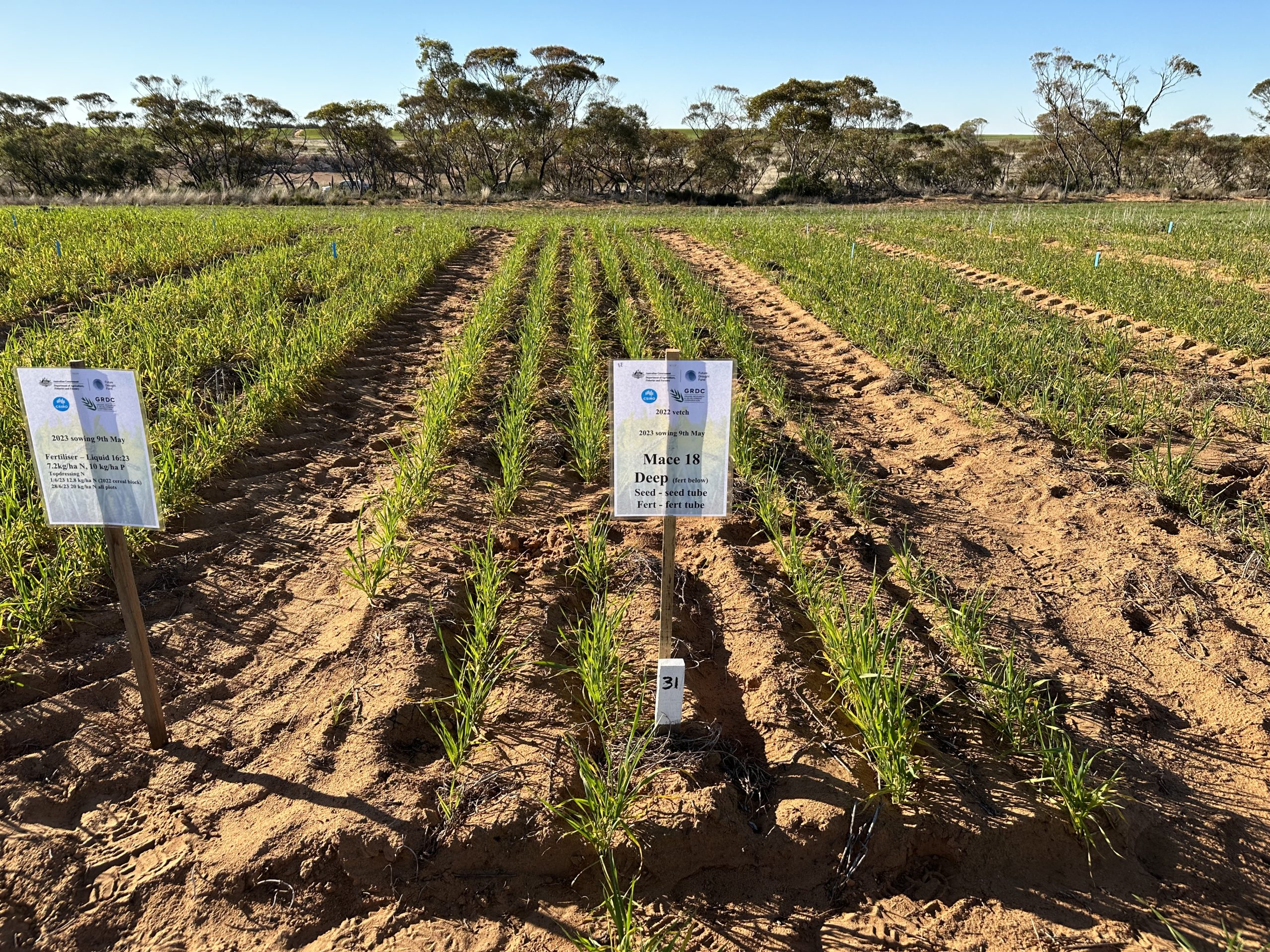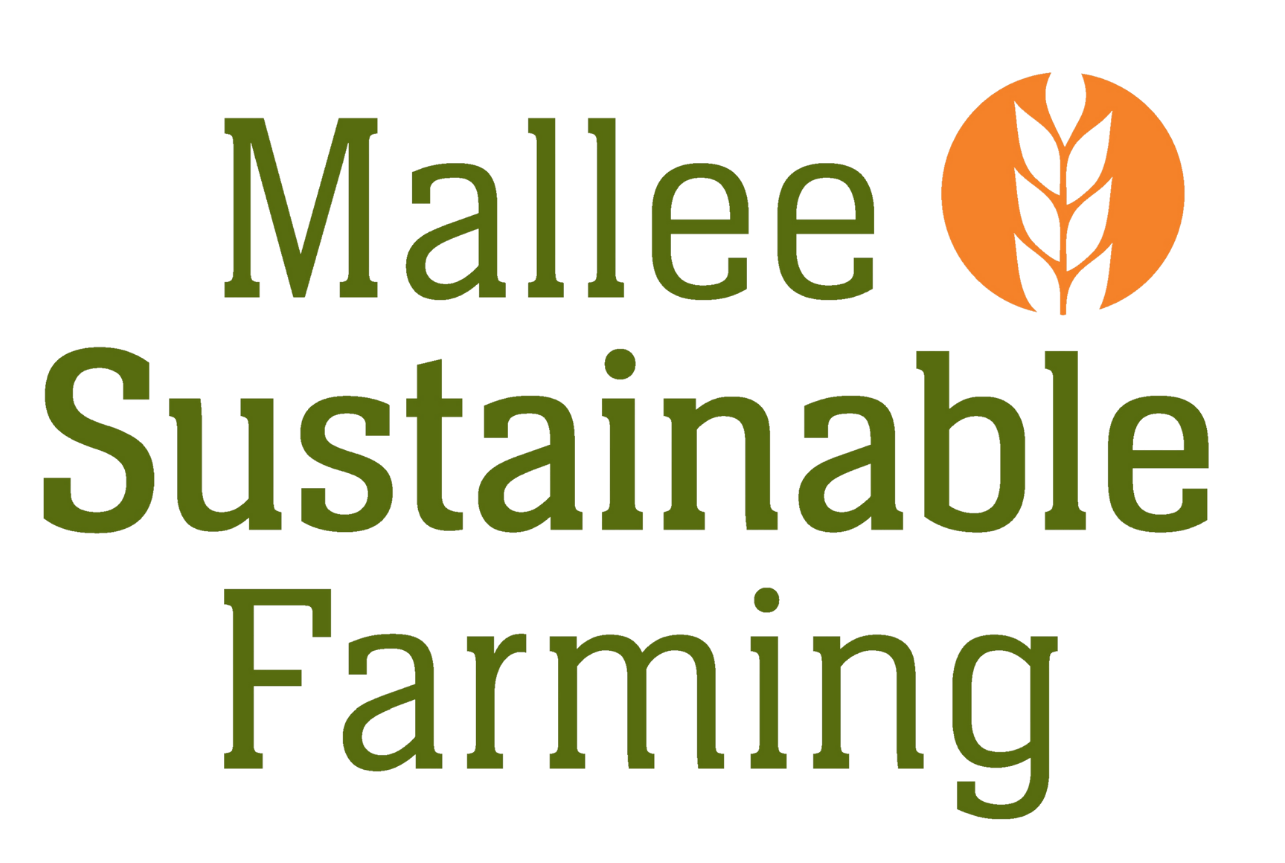
Imagine a future where waiting for the autumn break is no longer a bottleneck for crop germination. Enter long coleoptile wheat varieties, presenting a unique opportunity for growers to establish a crop even when the weather seems uncooperative. These wheat varieties, with their elongated coleoptiles, have the potential to germinate from deeper within the soil, tapping into residual summer moisture and providing a lifeline for farmers in dry years.
The Key Advantage of Long Coleoptile Wheat
The primary advantage of long coleoptile wheat lies in its ability to sow deeper into the soil, accessing water immediately, especially in years with limited autumn rain. This innovation could make the critical difference between a successful harvest and crop failure. Beyond this, long coleoptile wheat offers additional benefits such as sowing beneath non-wetting soil layers, ensuring better crop emergence in challenging seeding depth conditions, and facilitating seeding deeper to avoid pre-emergent herbicides.
The Science Behind the Innovation
The innovation stems from the identification of the ‘Rht18’ dwarfing gene, enabling wheat to grow coleoptiles up to 120-140mm in length while maintaining reduced height to support high yields. This allows for safe sowing at greater depths, a necessity for long coleoptile cultivars.
Trials and Research Findings
Two separate sets of trials in South Australia were conducted in 2022 and 2023, exploring strategies for maximizing the potential of long coleoptile wheat. The EPAG Research at Cootra investigated how coleoptile length affects crop establishment and yield when planting seed deeper. Initial results indicated a yield penalty when sowing deeper, prompting further research to identify contributing factors.
Meanwhile, CSIRO research at Waikerie and Lowaldie focused on testing various crop cultivars and management strategies to optimize crop establishment in sandy soils under declining autumn break rainfall. In 2022, at both sites, sowing depth had a greater impact than coleoptile length on plant establishment. Deeper-sown treatments had better plant establishment in the first few weeks, regardless of coleoptile genetics.
Seasonal Variability and Its Impact
The difference was more pronounced at Lowaldie, where there was a delayed season break and a non-wetting sand topsoil layer. Deeper-sown seeds established earlier, giving an extra two to three weeks of growth and therefore more ground cover than the shallow-sown treatments. Associated with the earlier establishment, deeper-sown treatments also had a significant yield advantage over shallow-sown treatments.
At Waikerie, soil moisture was adequate down the profile which was reflected in the crop. Crop establishment was similar between shallow and deep-sown seeds. There was no significant difference in yield between regular and long coleoptile varieties when both were sown deeply, suggesting no yield penalty with deep sowing. It’s also important to note that this site yielded poorly overall.
Tailored Strategies and the Need for Local Validation
Seasonal factors play a crucial role, as evidenced by experiments in the Mallee and the Eyre Peninsula. The efficacy of sowing deeper is most pronounced when the topsoil is dry, emphasizing the value of this approach in moisture-deficient conditions. As ongoing research unfolds, the adoption of long coleoptile varieties appears to be environment-specific, requiring careful consideration of soil conditions and moisture availability. The mixed results underscore the need for ongoing local validation of the technology over a greater number of seasons and soil types.
The long coleoptile trials were conducted by CSIRO as part of the Robust Ground Cover Project testing innovations in the quest for a more resilient and adaptable farming future, with long coleoptile varieties emerging as a potentially promising solution. This project received funding from the Australian Government’s Future Drought Fund.
Stay tuned for further updates and insights as the research progresses, promising to shape the future of farming in the Mallee region and beyond.
Robust Ground Cover
For more info on long coleoptile work in the MSF region visit the
Robust Ground Cover
projects page
Click Here











